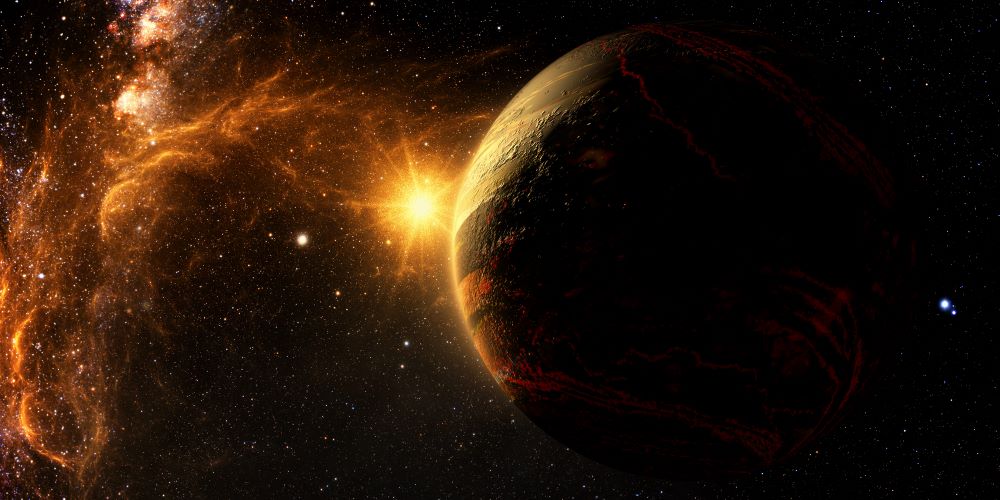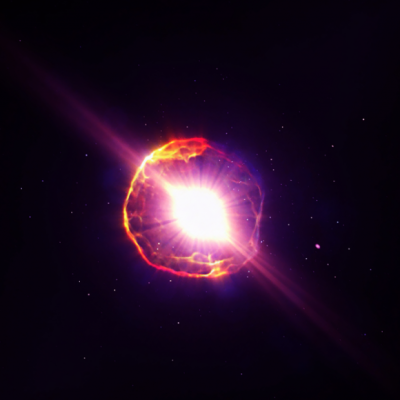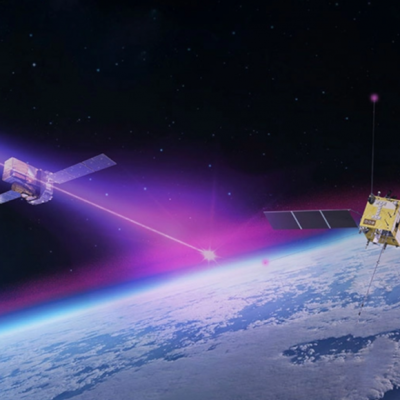The James Webb Space Telescope (JWST) has opened a new chapter in exoplanet exploration, focusing on the peculiar features of WASP-107b. This gas giant, positioned around a star 200 light-years away, has drawn attention due to its unusual characteristics. With dimensions resembling Jupiter but a mass akin to Neptune, its low-density atmosphere extends significantly into space, allowing for a detailed study of its composition.
JWST’s mid-infrared MIRI spectrometer provided an enhanced view, uncovering unexpected components in WASP-107b’s atmosphere. Water vapor and sulfur dioxide signatures emerged, challenging previous models that predicted the absence of the latter. New simulations, considering the low density of the exoplanet’s atmosphere, explained the surprising presence of sulfur dioxide.
However, the most captivating revelation came in the form of spectroscopic evidence indicating silicate particles in the upper atmosphere. These particles, akin to sand, formed clouds in a process resembling Earth’s water vapor and cloud cycle. According to Michiel Min from the Netherlands Institute for Space Research SRON, the sand clouds observed at high altitudes suggest a cycle where silicate raindrops evaporate in hot layers, efficiently transported upwards, and condense to form sand clouds.
Lead author Leen Decin emphasizes the significance of these findings, stating that the JWST’s discoveries, including clouds of sand, water, and sulfur dioxide on WASP-107b, mark a crucial step in revolutionizing our understanding of planet formation and evolution. These revelations not only offer insights into the dynamics of this intriguing exoplanet but also cast new light on the formation of planets in our own solar system.







-400x400.jpg)


